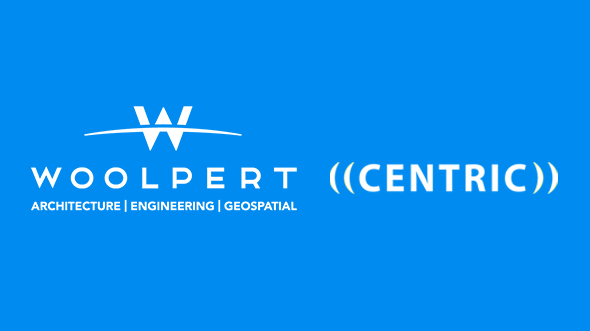
BLOG
—
Testing Sewersheds for COVID-19 Can Help Prioritize Resources
As testing of individuals for COVID-19 continues to track the spread of the disease, municipalities are exploring more efficient ways to identify clusters of the virus among populations.
Sewersheds provide an opportunity to determine where the disease is concentrated in a community, and municipalities are starting to see the value in testing the effluent flows. Testing sewersheds can predict hot spots and help health officials prioritize where to devote resources for individual tests and contact tracing.
While privacy may be a concern, as it has been in the past, this approach of testing for COVID-19 provides data quickly and relatively inexpensively on entire segments of populations within a community. Also, local governments can be reimbursed for the expense through CARES Act funding.
The composite test of watersheds is more general than saliva or mucus composite testing, but it’s more specific than stool composite testing at wastewater treatment plants.
What You Need to Test Watersheds
- Crew to inspect sewer flow
- GIS to store data and support analysis
- Inventory of sanitary sewer or combined sewer assets with conveyances (a map of sewer gravity and force mains)
- Cadastral (parcel) map with parcel type (residential, commercial, industrial, etc.) and preferably, demographic attributes
- Flow meter equipment or the means to measure flow velocity in the sewer system
- Means to sample flow in the sewer pipe
- Rain gauge in the area of study to mitigate the impact of wet weather flows on the collection system
Sewersheds delineate areas of communities, therefore COVID-19 loadings may be shown spatially. And because there is a spatial component to the sewershed approach, a demographic analysis may help determine the age, race and other attributes that produce the most or least loadings of RNA copies of COVID-19.
Resources for battling this pandemic are not infinite, and resources devoted to individual testing materials and contact tracing must be prioritized. Knowing where and on whom to focus these resources can greatly increase their effectiveness and increase our ability to contain the disease.
Woolpert has helped dozens of clients perform sanitary sewer evaluation surveys, and we are here to help by providing this type of testing during the pandemic. To learn more, read our white paper on A Sanitary Sewer Evaluation Study Approach for COVID-19 Infection Rate Prediction.

Gil Inouye
Gil Inouye, PE, ASCE, NSPE, is an associate at Woolpert who specializes in water management services. The GIS specialist and systems analyst customizes applications and design user interfaces and database systems. A West Point graduate, Inouye combines practical experience with strong academics to understand how best to serve clients.


